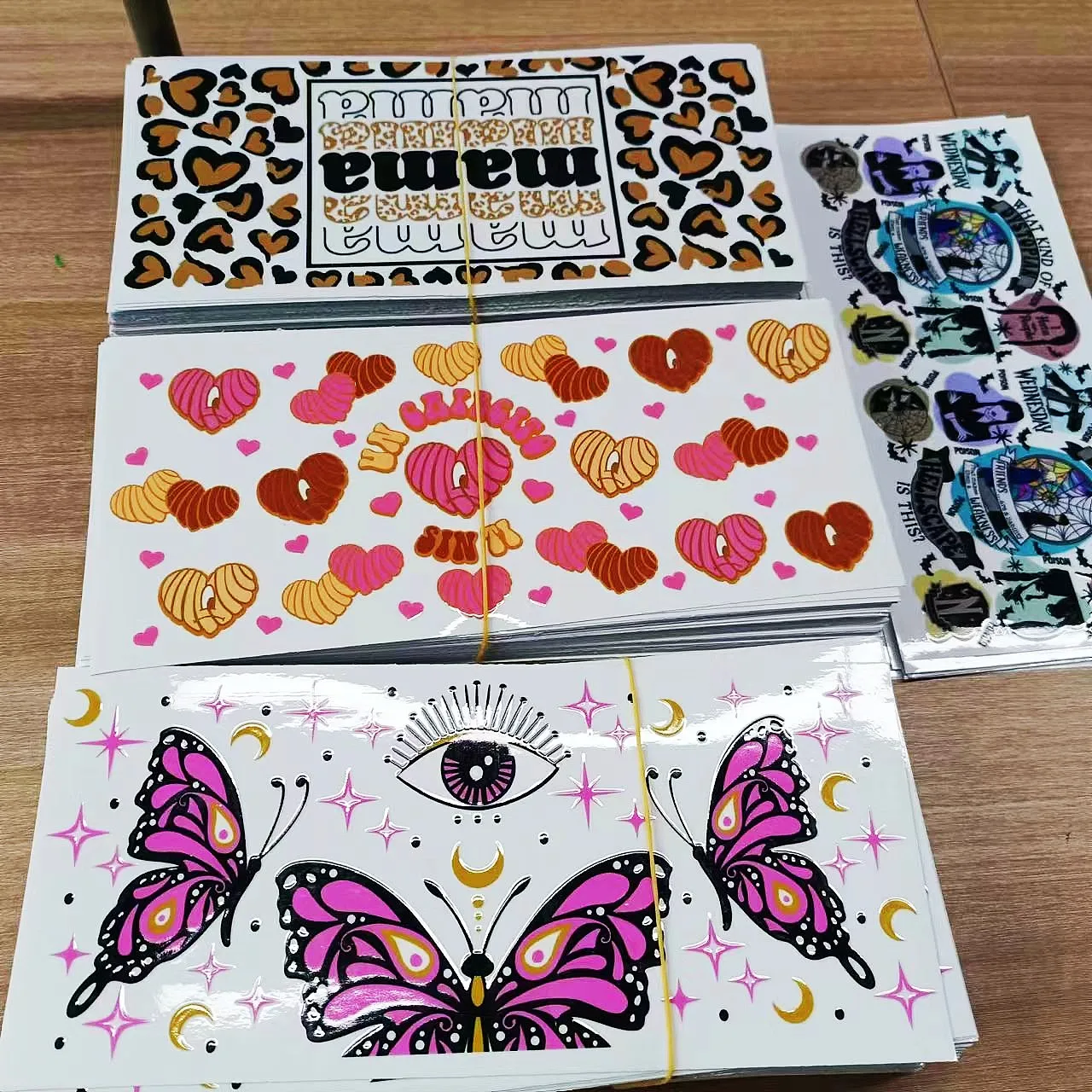In the ever-evolving world of printing technology, the rise of direct-to-film (DTF) transfers is redefining the landscape of custom printing. As both businesses and individuals seek creative solutions to meet their unique creative needs, DTF transfers have emerged as a breakthrough, offering flexibility and quality that are hard to equal. This technology not only augments the way we approach design and personalization but also breaks traditional barriers that have long constrained the printing industry.
DTF transfers combine the best aspects of digital printing with a simple application process, allowing vibrant, high-quality prints on a variety of surfaces. Whether it’s for apparel, promotional items, or personalized gifts, the potential of DTF transfers to yield stunning results rapidly and efficiently is attracting attention from creators and entrepreneurs alike. In our exploration of this exciting development, it's apparent that DTF technology is forging a new path in custom printing, one that promises to transform how we communicate our creativity.
Understanding Direct-to-Film Technology
DTF, also known as direct-to-film technology, has become transforming the custom print production industry by providing a adaptable and streamlined way to create high-quality prints. This innovative method involves applying designs onto a special film transfer, which can then be applied to various material types and substrates. The technology makes use of a printer that can handle bold inks, enabling to create intricate and eye-catching designs that can be applied onto clothing with impressive detail.
One of the key advantages of DTF transfers is their ability to bond to a wide range of materials. Unlike traditional printing techniques that may be restricted to specific fabrics, DTF method can effectively transfer designs to cotton, polyester, and as well as specialty fabrics. This versatility opens up fresh opportunities for customization, allowing companies and designers to appeal to varied customer segments and customer tastes. The simplicity of application is also a notable advantage, as DTF prints can be applied onto items rapidly.

Another attractive feature of DTF process is its resilience. The prints produced through this method are known for their longevity, resisting fading, damage, and losing adhesion even after multiple washes. This quality is crucial for businesses focused on creating bespoke clothing that consumers will appreciate for a long time to come. As DTF prints become more widely accepted in the printing industry, they are establishing a higher standard for excellence and versatility in custom printing solutions.
Advantages of DTF Transfers
DTF transfers offer remarkable versatility for custom printing, enabling users to apply designs on a broad range of fabrics and materials. This technology works smoothly with both light and dark textiles, making it a preferred choice for businesses looking to cater to varied clientele. Whether it is cotton, synthetic materials, or combinations, DTF transfers deliver brilliant colors and intricate designs that catch attention, appealing to customers seeking unique products.
Another significant advantage of DTF transfers is their long-lasting nature. The prints produced using this method are resistant to fading, cracking, and peeling, ensuring that the designs remain intact even after multiple washes. This longevity not only enhances customer satisfaction but also lowers costs for businesses, as they can provide premium products without the need for frequent reprints or replacements.
Additionally, DTF transfers are known for their ease of use and efficient production process. Unlike traditional methods like screen printing, which often require time-consuming setup and time, DTF technology simplifies the workflow. With a straightforward process that includes printing, transferring, and curing, businesses can achieve superior results in a small part of the time, allowing for more rapid turnaround and the ability to meet rising demand in the custom printing market.
Uses and Future of DTF Printing
Direct-to-Film transfers have quickly gained traction in multiple industries due to their versatility and high-quality output. From personalized dtf transfers to advertising items, businesses are embracing this technology to meet the increasing desire for customized items. The capability to apply intricate designs and vibrant hues on different substrates has made DTF a preferred option among clothing producers, graphic designers, and small business owners alike. As shoppers increasingly seek unique and personalized products, DTF printing meets this need effectively.
In the future, the outlook of DTF printing looks optimistic as innovations in technology continue to improve its features. Innovations in inks and methods are likely to bring upgrades in durability, washability, and vibrancy of prints. This evolving technology allows for more elaborate designs, thereby increasing the potential of applications in fields like fashion, interior decoration, and advertising products. Businesses can take advantage of these developments to distinguish themselves in cutthroat markets and offer consumers a broader array of creative options.
As DTF printing cements itself further in the personalized printing landscape, we can look forward to witnessing new developments emerging. Eco-friendly and sustainable practices are becoming increasingly important to shoppers, which may drive DTF technology towards more eco-friendly options. Incorporating eco-friendly materials and pigments will not only appeal to eco-aware consumers but also position businesses as leaders in responsible manufacturing. The flexibility of DTF transfers ensures that it remains at the cutting edge of custom printing innovations, making it an vital tool for the future.
